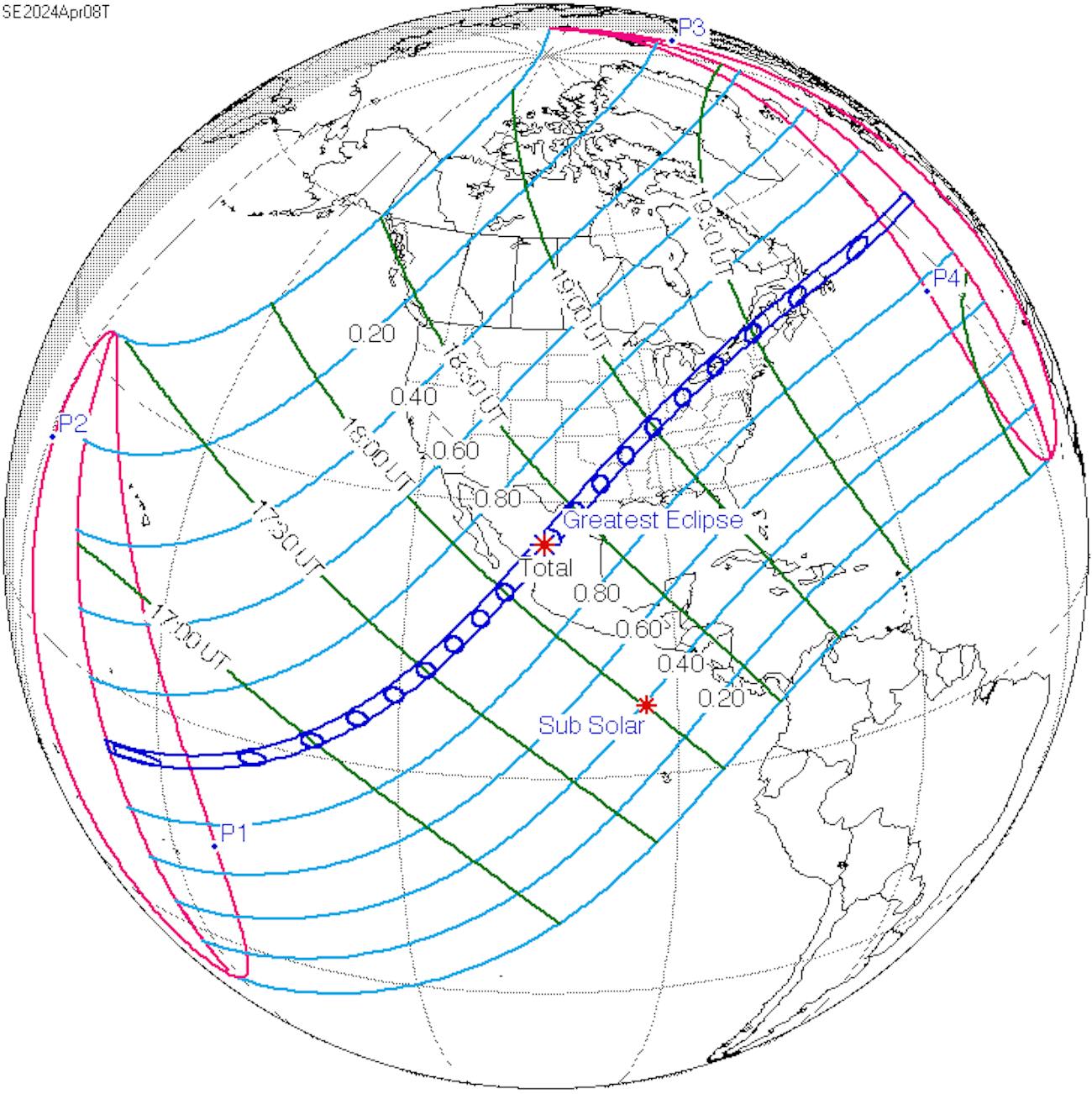Exporing the Potential Impact of Wave 2024 on the Future of Technology
Sure, here is an explanation of the potential impact of คลื่น 2024 on the future of technology: Cheap 50cc cars 2024 คลื่น 2024 คลื่น 2024, also known as the “Wave of 2024,” is a term coined by Japanese futurist Hiroaki Yamashita to describe a period of rapid technological advancements that is expected to begin in […]
Sure, here is an explanation of the potential impact of คลื่น 2024 on
the future of technology:

คลื่น 2024, also known as the
“Wave of 2024,” is a term coined by Japanese futurist Hiroaki Yamashita to
describe a period of rapid technological advancements that is expected to
begin in 2024. Yamashita believes that this wave of innovation will be driven
by a number of factors, including:

- The increasing maturity of artificial intelligence (AI) and machine
learning (ML) - The development of new materials and
manufacturing technologies - The convergence of the physical and
digital worlds
These factors are expected to lead to
a number of transformative changes in society, including:

- The automation of many jobs that are
currently performed by humans - The development of new forms of
transportation and communication - The creation of new products
and services that are not yet possible
The potential
impact of คลื่น 2024 on the future of technology is significant. This wave of
innovation could lead to a number of positive outcomes, such as increased
productivity, improved quality of life, and new solutions to global
challenges. However, there are also potential risks associated with คลื่น
2024, such as job displacement, increased inequality, and the misuse of AI. It
is important to consider both the potential benefits and risks of this wave of
innovation as we prepare for the future.
Here are some of the
specific ways that คลื่น 2024 is expected to impact the future of
technology:
AI and ML will become
more sophisticated and pervasive. AI and ML are already being used in
a wide range of applications, from self-driving cars to medical diagnosis. As
AI and ML continue to develop, they will become even more powerful and
versatile, and they will be used in even more applications.New materials and manufacturing technologies will
emerge. New materials, such as graphene and carbon nanotubes, have the
potential to revolutionize a wide range of industries, from electronics to
construction. New manufacturing technologies, such as additive manufacturing,
will make it possible to produce products more quickly, cheaply, and
efficiently.The physical and
digital worlds will converge. The physical and digital worlds are
already becoming increasingly intertwined, and this trend is expected to
accelerate in the years to come. This convergence will lead to the development
of new products and services that are not yet possible, such as augmented
reality (AR) and virtual reality (VR) applications that seamlessly blend the
physical and digital worlds.
The potential
impact of คลื่น 2024 on the future of technology is profound. This wave of
innovation has the potential to transform society in many ways, and it is
important to start thinking about how we can prepare for the future. We need
to develop policies that help us to manage the risks of this wave of
innovation, and we need to invest in education and training to help people
adapt to the new world of work. By taking these steps, we can ensure that
คลื่น 2024 benefits everyone in society.


